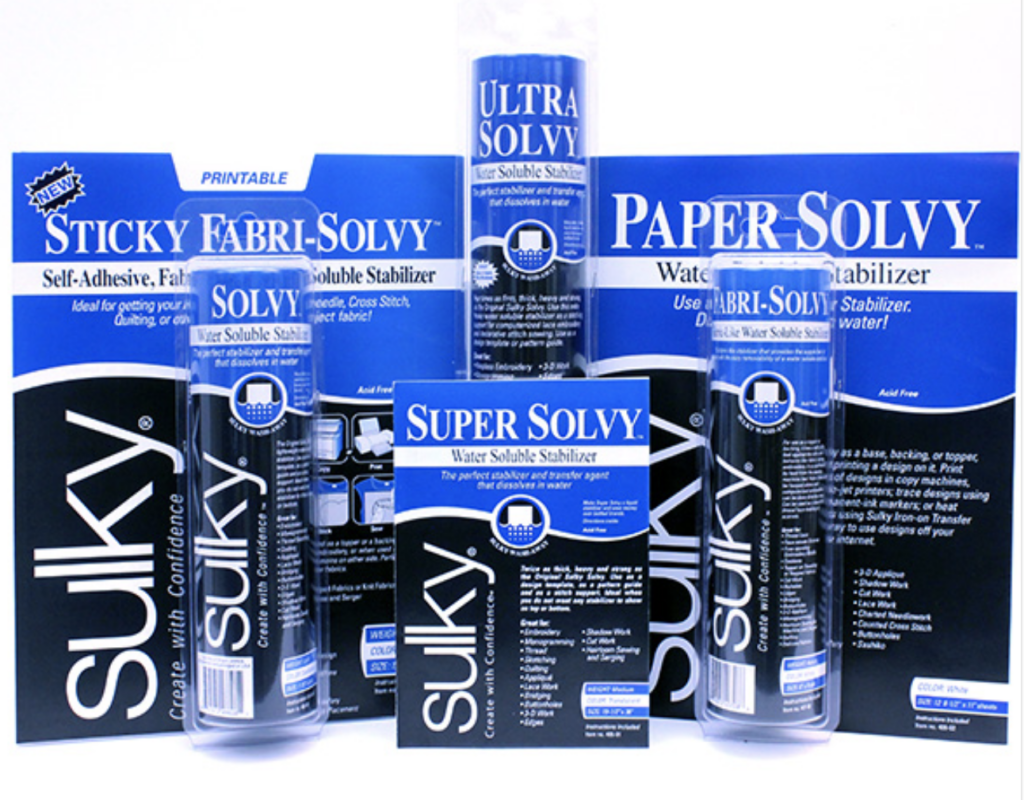
10 Water-Soluble Stabilizer Questions Answered
Patti Lee, VP of Consumer Relations at Sulky of America, answers your questions all day, every day. She’s a true expert on Sulky products, so we asked Patti to share the 10 most common questions she receives about Sulky water-soluble stabilizers, including Solvy®, Super Solvyâ„¢, Ultra Solvyâ„¢ and Fabri-Solvyâ„¢. Here are the top 10 water-soluble stabilizer questions answered.
Q: Why should I use a water-soluble stabilizer and where?
A: Use it anywhere that dissolving the stabilizer would be preferable to tearing, cutting or heating it away. They are widely used in the following techniques: Quilting, computerized embroidery, lace work, buttonholes, thread sketching, as a time-saving substitute for paper in foundation piecing, edgework, charted needlework design patterns, intricate embroidery designs on knitwear, cut-work, monogramming, machine spun lace (needlelace), 3-D appliqué, shadow work, heirloom serging and sewing, Battenburg lace, smocking, lightweight and sheer fabrics, toweling, hand-turned appliqué, serger lace, and more. There are numerous weights and types to choose from, depending on the technique.
Q: What water-soluble stabilizer weight should I choose and why? Â
A: The two lighter weights, Solvy and Super Solvy, are perfect as a topper on napped fabrics like towels to keep the loops or piles from poking through stitching; to prevent stitches from getting lost in the fabric; and to enhance the clarity of fine lettering and detail stitching. This is true for knit fabrics, too.
This water-soluble stabilizer is also great as a pattern template. The lightest weight Solvy is clear and easy to trace on. Spray the Solvy with Sulky KK 2000â„¢ Temporary Spray Adhesive and trace it, and then smooth it onto your fabric (probably still tacky from the first spray). The Solvy removes and no pattern lines remain (whether you stayed on them or not).
Solvy heavier weights uses are described below.
Q: What’s the most popular project for a water-soluble stabilizer?
A: Computerized embroidery probably uses more heavy water soluble products like Ultra Solvy (film-type) or Fabri-Solvy (fabric-type) than any other technique. Freestanding lace is extremely popular, meaning you machine embroider just on the stabilizer with thread – no fabric is involved (usually) and it creates a lacy design that you can see through. For in-the-hoop embroidery projects, many people prefer Fabri-Solvy so no stabilizer at all shows when the project is complete.
Q: If I don’t do computerized embroidery, where would I use water-soluble stabilizer?
For standard machine stitching (free-motion or machine-fed), by far the most popular projects are scarves. By sandwiching lots of threads, yarns or ribbons between layers of Solvy and stitching over them, you can create the most amazing scarves.
Any time you have to use a stabilizer for placement, like with buttonholes for instance, a lightweight water soluble like Solvy or Super Solvy is great for this. It tears away easily and usually no water is needed. Any excess can be removed with a wet Q-Tip® or a damp paper towel placed over the item and ironed dry with a warm iron. (The excess sticks to the paper towel.)
Q: Can you make a liquid version? How?
A: Sometimes you just want to “paint†it onto a project: Dissolve one yard of Solvy (36 x 20 inches) or 1/2 yard of Super Solvy (18 x 20 inches) in 8 oz. of water. Brush liquid Solvy onto flimsy or sheer fabrics that are to be stitched. Do not use it on non-washable fabrics like velvet or silk.
Or you can just save any of the scraps of Solvy products in a jar (except Paper Solvyâ„¢) and add water to the jar to the thickness you want. More water and more scraps can always be added. Store, labeled, in the refrigerator for longer life.
Q: Are any of the water-soluble stabilizers printable from a computer or copy machine?
We have two 8 1/2†x 11†printable water soluble products: Paper Solvy and Sticky Fabri-Solvy. Paper Solvy: Looks and feels like paper. Because Paper Solvy has an actual wood pulp component, it’s important to always rinse it all away thoroughly with the first rinsing.
Sticky Fabri-Solvy has a release sheet. And as the name implies, it’s sticky. So, you can stick your pattern right to your fabric and its very stable even without a hoop (for handwork, too).
Q: Can I use KK 2000 Temporary Spray Adhesive (which I understand is not water soluble) with these stabilizers?Â
A: What happens when KK 2000 is sandwiched in between two layers of Solvy or Super Solvy? This is a very popular technique for making scarves with yarns and ribbons.
Because KK 2000 is not water soluble, it is a good idea to help it dissipate before wetting. With the KK trapped in between the water soluble sheets, air doesn’t get to it easily, which is what makes KK 2000 disappear. So, I would suggest that you press your finished “sandwich” with a warm, dry iron to help the KK disappear quickly before you immerse it in water to dissolve the Solvy. Otherwise you could end up with some sticky residue. Note: If your iron does not have a nonstick-type surface, be sure to use a press cloth.
Or you can toss the project in the dryer for a few minutes (heat dissipates KK 2000 immediately).
Q: Are water-soluble stabilizers safe for septic tanks and plumbing?
A: Absolutely. Patti Lee has been using these Solvy products for 30+ years in septic systems without any problems. Plus, she has never had a single complaint of any issue from a consumer.
Q: When would I use the film-type (Ultra Solvy) vs. the fabric type (Fabri-Solvy), and why?
A: For computerized embroidery, it’s good to use what the designer suggests. If there is no recommendation, then use Sulky Fabri-Solvy in two layers for most projects.
Q: When wouldn’t I use water-soluble stabilizer?
A: When water removal is not an option. Or you can’t just pull away a lightweight water-soluble stabilizer, like Solvy or Super Solvy then your option would be Sulky Heat-Away Clear Film.
Do not use on fabrics or fibers that cannot tolerate the heat necessary to remove the Heat-Away with an iron. Take care with napped fabrics. Always test first.

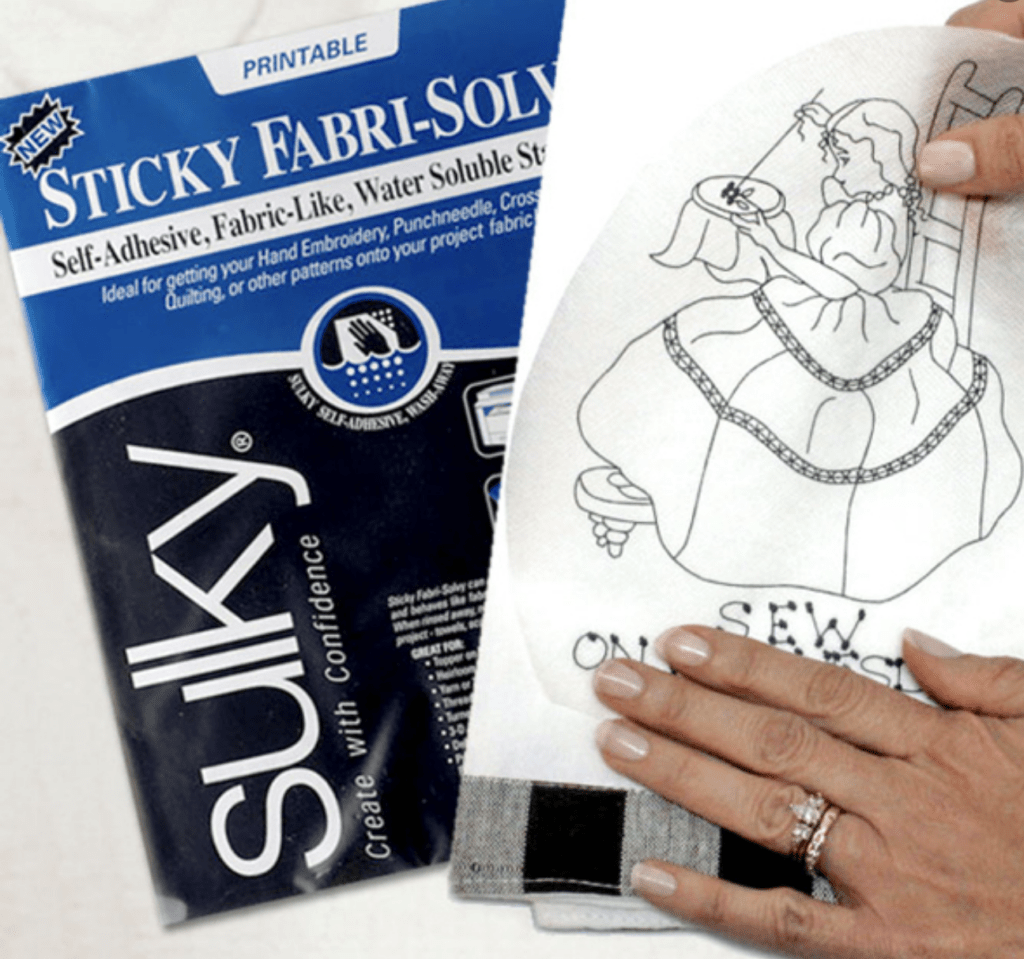
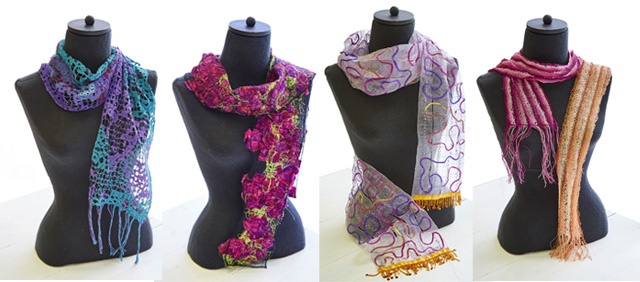
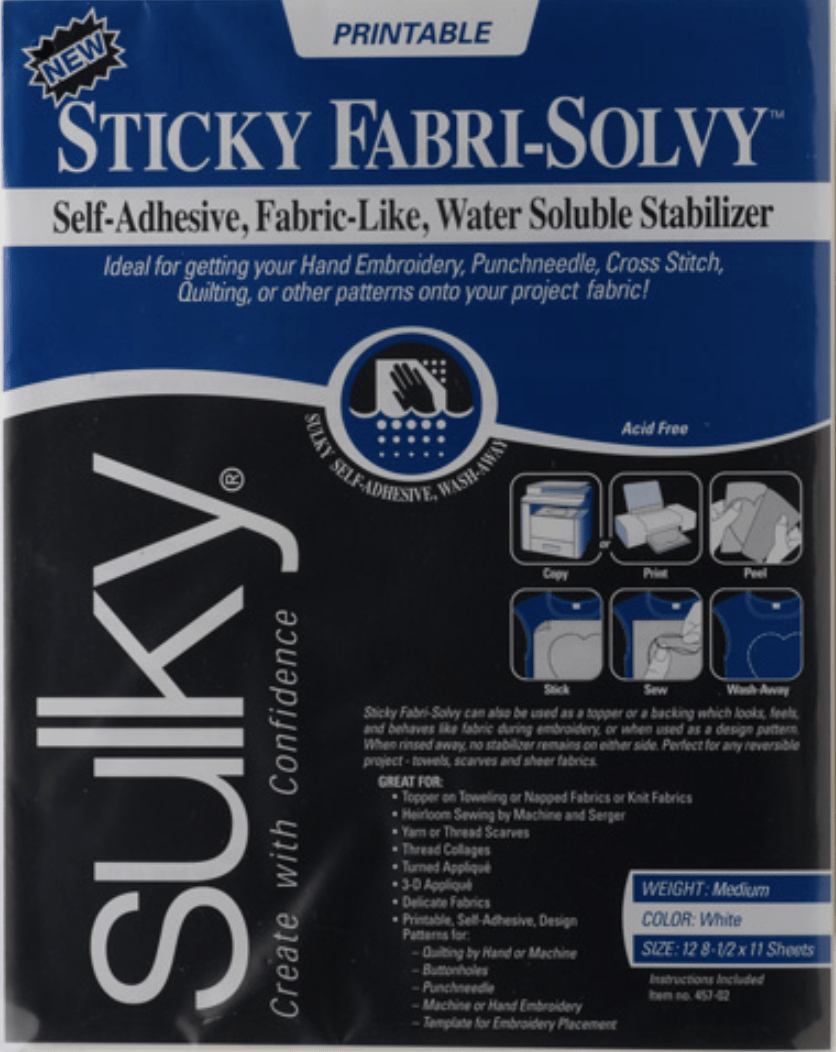
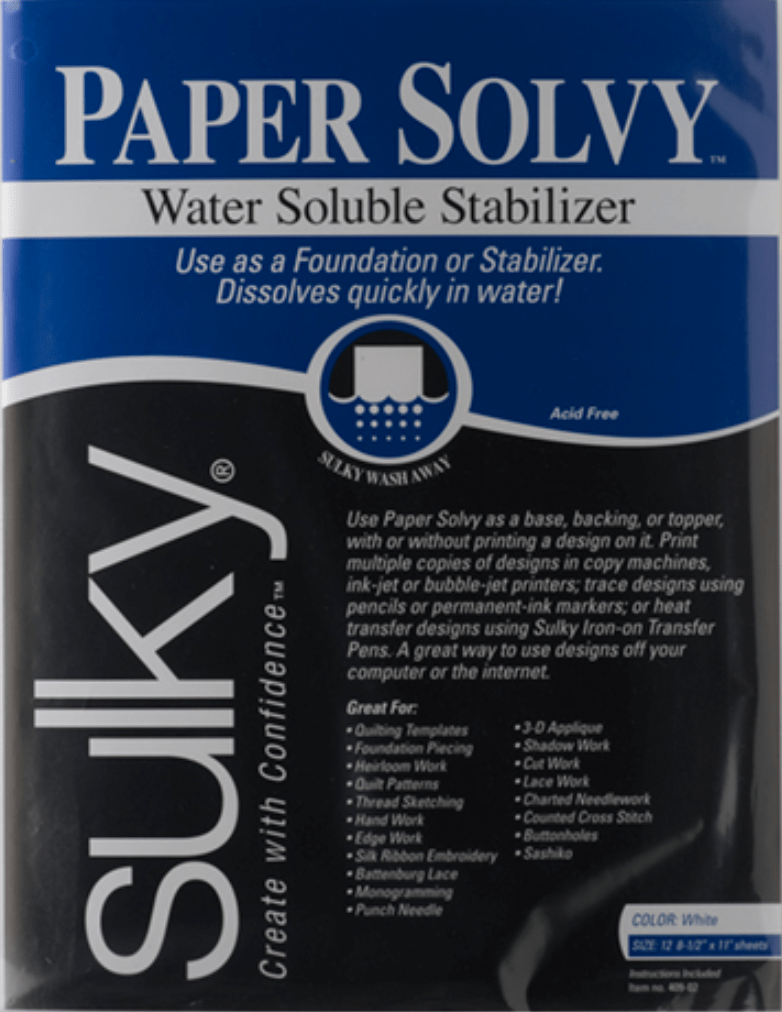

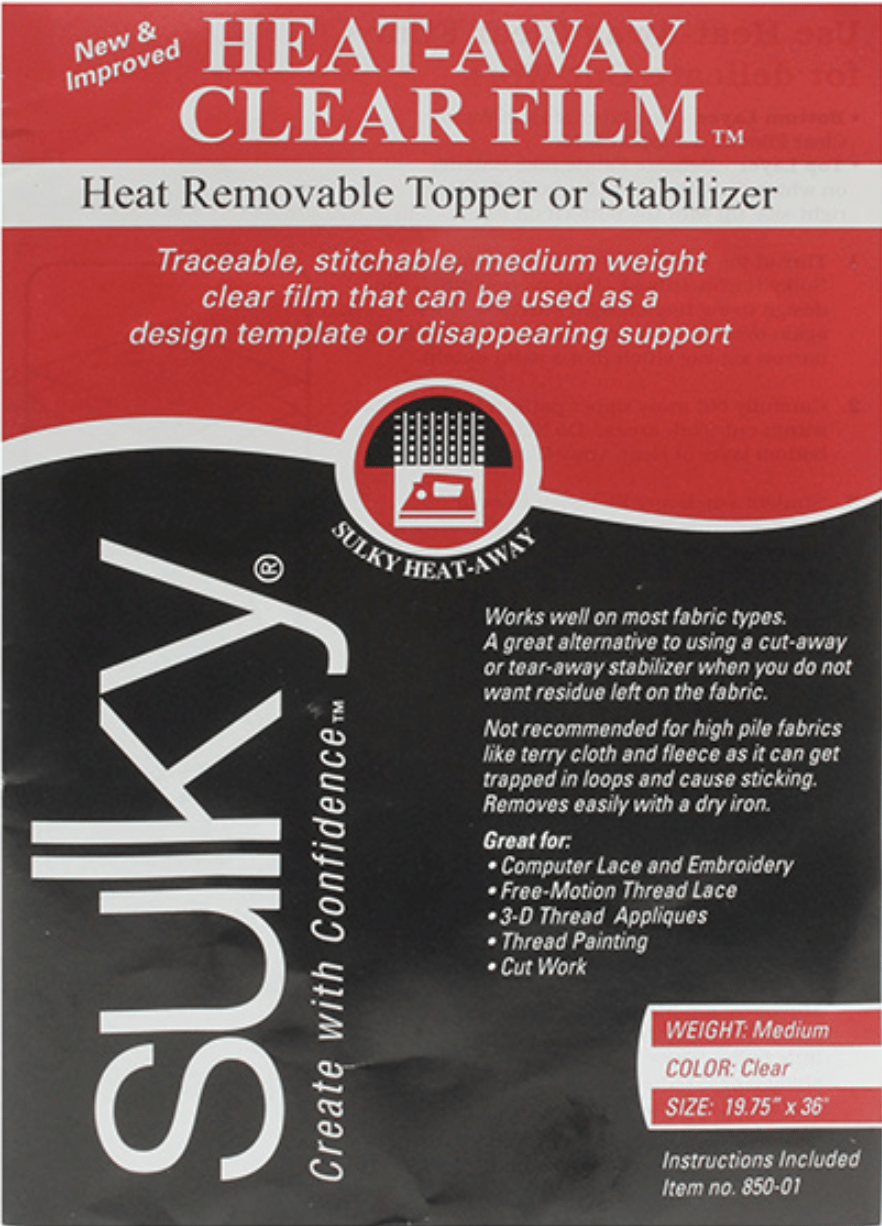

HI! I would like make a bowl, wich product I need use?
Please email us at info@sulky.com so we can make sure we recommend the correct products for your project. Thanks for reading!
Hello, I’m having a terrible time getting the wss to dissolve! I’m using the sticky printable version. I run it under warm/hot water + I soak it but once it dries the whole area is left stiff! Can you help! I read it once it dries the stiffness will be permanent. Is this true?
Hi Lucy,
Please reach out to us at info@sulky.com. We want to make sure you don’t have a counterfeit product. Did you buy it from us or Amazon? Please let us know when you email, and include photos if possible. We want to troubleshoot with you and make sure you’re having the best experience with our products.
Hello, I just purchased the Bernina 770QE, since I’ll be doing embroidery and applique on my machine. What will be the best. While visiting the states,I purchased some tear away,and cut away. Will these be ok for embroidery and applique??
A tear-away and a cut-away are absolutely bare necessities for embroidery. You do a lot with some of each. Depending on the products you purchased, you may need more than one layer depending on the design density and the fabric chosen.
You want to use a tear-away with woven fabrics, and a cut-away with stretchy fabrics. That’s not carved in stone, but a general use suggestion.
You will at some point need a topper like the lightweight Sulky Solvy when you’re working with knits or nappy fabrics (like terrycloth or fleece.
If you have specific questions for a project, feel free to contact me at info@sulky.com.
I bought solvy with the intention of printing on it for my clear soap. Which side do I print on
Hi Micki – This process has been around a long time. It was originally done with just regular Solvy and paper or traced designs. There are only two “printable” (meaning printable on a copy machine or printer) Sulky water soluble stabilizers. With the printable Sticky Fabri-Solvy or Stick ‘n Stitch you would want to print on the rougher side that feels more like fabric. The smooth side is the release sheet. Which side goes up or down, depends on your printer. Most people use the bypass tray when printing. If you accidentally print on the release sheet, just reprint with the proper side up. Not a big deal. You may mean the Sulky Paper Solvy which looks and feels just like paper. If that’s the case you can print on either side.